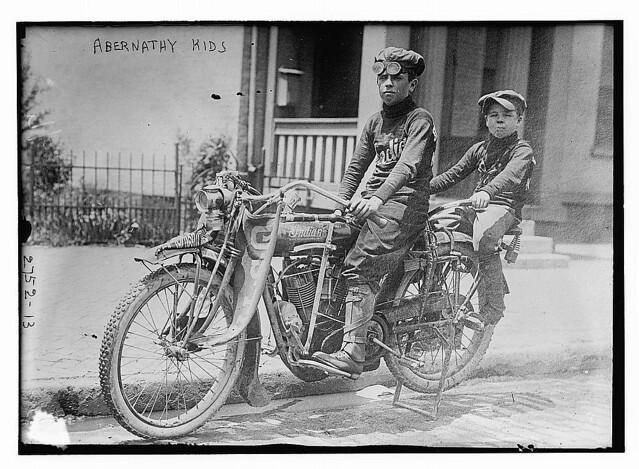The Texas Collection is proud to present our newest exhibit, “Dime Novels: The Rise of the American Hero.” Gallop into the adventures with our promotional video on YouTube:
From 1860 to 1920, the dime novel was an immensely popular form of entertainment in the United States. The stories were not critically praised and the writing was often a formulaic action story, but the dime novel resonated with American readers. Although the subject matter of the dime novels included detective, military, and even early science fiction stories, it was the Western dime novel that dominated the market. And it was the Western dime novel that introduced the Western hero who would stand as a distinctively American archetype to the present day.

Adventures for a Dime
The term “dime novel” began as a brand name for the publications first issued by the New York printing firm Beadle and Adams. Beadle’s Dime Novels were an immediate success even though there was already a precedent for an inexpensive, stock adventure publication. The successful dime novel formula included a dramatic cover illustration on a pamphlet-like booklet.
Making Money, Dime by Dime
Writing the dramatic stories for the dime novels was a lucrative business for many late 19th century authors. If the author could establish a popular character in a long running series, he or she could expect a price of up to $1,000 per story. A less established author could expect close to $50 per story. Many authors shared common traits, including the ability to produce an extraordinary amount of pages in a short time and personal adventures that rivaled their dime novel heroes.
One such author, Prentiss Ingraham, achieved success and fame as an author of the “Buffalo Bill” series for Beadle’s and by his own count had written 600 novels by 1900. Most remarkable however, was Ingraham’s life before he became a writer. As a Confederate scout in the Civil War he had harrowing experiences including capture and escape from Union forces. After the war he continued to serve in conflicts in Latin America, the Caribbean, and Europe.

Upon his return to the United States, Ingraham headed west and in 1884 met William “Buffalo Bill” Cody and worked as an agent for his Wild West Show. When he returned east, Ingraham began to write plays, poems, and dime novels, most likely relying on his own experiences for his action stories. Though Ingraham died in 1904, his Buffalo Bill stories were reissued in multiple dime novel publications well into the 20th century.
Female authors also found success in the dime novel market. Most notably, Ann S. Stephens was the author of the very first Beadle’s Dime Novel, a story titled “Malaeska: The Indian Wife of the White Hunter” in 1860. Already an accomplished writer and editor with Ladies Companion and Graham’s Magazine, Stephens wrote more dime novels but also published popular novels and plays.
Dime Novel Heroes Move to New Media
In the 1880s and 1890s dime novels began to be published in bi-weekly series titled “Libraries.” These were shorter than the original dime novels, but the size of the pages were made larger to compensate, and the price was dropped to five cents.

Buffalo Bill dime novels continued to be popular well into the 20th Century and new Western heroes like the young adventurer named “Wild West” became established in the 1900s, but the Western in dime novel form was losing ground to other genres such as the New York detective stories. By World War I dime novels were being published less. At this time, young readers could spend their five cents to see a motion picture instead of paying to read the latest dime novel. The Western heroes from the dime novel didn’t fade away— they simply moved with the audience, becoming the featured stars in the new films and pulp magazines.
You can see the exhibit through the Fall semester at The Texas Collection in Carroll Library.
By Sean Todd (Library Assistant) and Amie Oliver (Coordinator for User and Access Services)
















